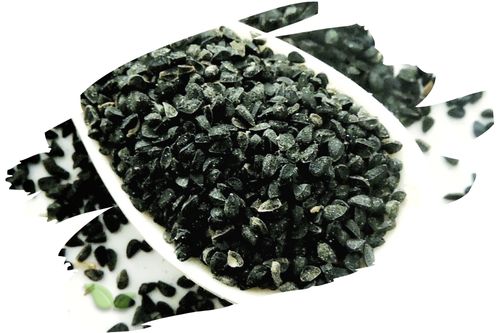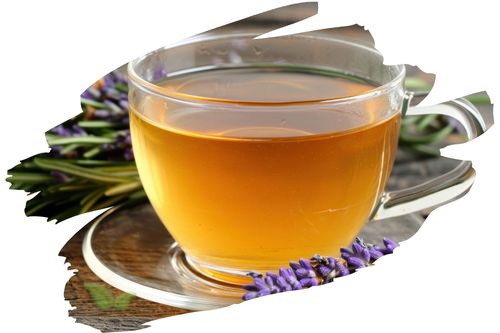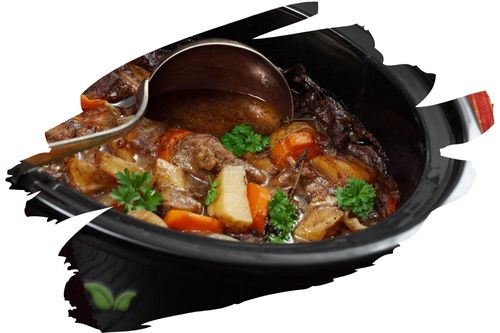
Introduction
Chilies are a beloved ingredient in cuisines worldwide, known for their fiery kick and ability to elevate dishes to new heights. In the culinary realm, the debate between Fresh vs. Dried Chilies has been sizzling for ages. Let's dive into this spicy showdown and unravel the secrets behind these two chili forms.
Fresh vs. Dried Chilies: An Overview
Fresh and dried chilies each bring their distinct qualities to the kitchen. Understanding the differences is crucial for any aspiring chef or seasoned cook.
Fresh Chilies: Bursting with Vibrancy
Fresh chilies are the embodiment of vibrancy and flavor. They are picked straight from the plant and are enjoyed in various stages of ripeness. Here's why they're a culinary delight:
- Bright and Bold: Fresh chilies boast vivid colors, such as red, green, or yellow, that lend a visual appeal to dishes.
- Fruity and Floral Notes: They offer a delightful medley of fruity and floral flavors, adding complexity to recipes.
- Crunchy Texture: The satisfying crunch of fresh chilies can be a treat for the palate.
Dried Chilies: Intense and Versatile
Dried chilies, on the other hand, undergo a transformation process that intensifies their flavors and extends their shelf life. Here's what makes them stand out:
- Concentrated Heat: Drying concentrates the chili's spiciness, making them a potent ingredient for adding heat to dishes.
- Long Shelf Life: Dried chilies have a longer shelf life, making them an excellent pantry staple.
- Rich, Smoky Flavor: They develop a rich, smoky flavor that's perfect for soups, stews, and spice blends.
Cooking with Fresh Chilies
Fresh vs. Dried Chilies in Mexican Cuisine
In Mexican cuisine, fresh chilies play a prominent role. From the mild poblano to the fiery habanero, they are used in dishes like salsa, guacamole, and mole sauce. The freshness of these chilies complements the vibrant flavors of Mexican food.
Fresh Chilies in Thai Cuisine
Thai cuisine is renowned for its fiery and aromatic dishes. Fresh bird's eye chilies and Thai chili peppers add the signature heat and zest to dishes like Tom Yum soup and green curry.
Cooking with Dried Chilies
Dried Chilies in Indian Curries
Indian cuisine relies on dried chilies for their deep, earthy flavors. They are often toasted before being ground into spice blends, enhancing the taste of curries, biryanis, and masalas.
Dried Chilies in Southwestern U.S. Cuisine
In the southwestern United States, dried ancho chilies and chipotles are used to create rich, smoky sauces, like adobo and enchilada sauce. Their versatility makes them a staple in Tex-Mex and Mexican-American dishes.
Fresh vs. Dried Chilies: When to Use Which
Knowing when to use fresh or dried chilies can elevate your culinary creations.
- Fresh Chilies: Use them when you want to add a burst of color and a crisp texture to salads, salsas, or garnishes.
- Dried Chilies: Opt for dried chilies when you desire a smoky, concentrated heat in soups, stews, and spice rubs.
Fresh vs. Dried Chilies in Your Spice Rack
Fresh Chilies: Keeping It Fresh
Storing fresh chilies is simple:
- Place them in a perforated plastic bag in the refrigerator.
- They can last for up to two weeks when refrigerated.
Dried Chilies: A Pantry Essential
Dried chilies have a longer shelf life:
- Store them in an airtight container in a cool, dark place.
- They can stay fresh for several months to a year.
FAQs about Fresh vs. Dried Chilies
Q: Can I substitute dried chilies for fresh ones in recipes? A: Yes, you can, but be cautious with the quantity as dried chilies are more potent.
Q: Are dried chilies hotter than fresh chilies? A: Generally, yes, as drying concentrates the heat. However, it can vary depending on the chili variety.
Q: What's the best way to rehydrate dried chilies? A: Soak them in hot water for about 20 minutes before use.
Q: Can I freeze fresh chilies? A: Yes, you can freeze them for longer storage, but they might lose some texture.
Q: Which chilies are ideal for making chili powder? A: Dried ancho, guajillo, or chipotle chilies are excellent choices for homemade chili powder.
Q: How do I reduce the heat of fresh chilies in a dish? A: Remove the seeds and membranes for a milder flavor.
Conclusion
In the world of culinary exploration, the choice between Fresh vs. Dried Chilies is a delightful journey of flavors and textures. Both have their unique places in the kitchen, offering chefs and home cooks a wide range of options to create culinary masterpieces. So, the next time you're in the kitchen, embrace the chili diversity and spice up your dishes with confidence!
Alert: While spices can have many beneficial properties for health, using them for medical purposes should be done under the guidance and supervision of a healthcare professional or specialist. Some spices may interact with medications or cause adverse reactions in certain individuals, and it is important to use them safely and appropriately. If you are considering using spices for a medical condition, it is important to consult with a healthcare professional before doing so.




















































